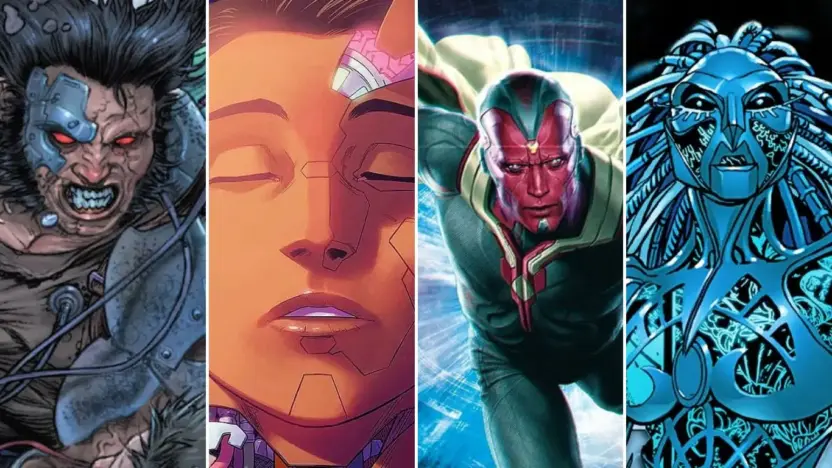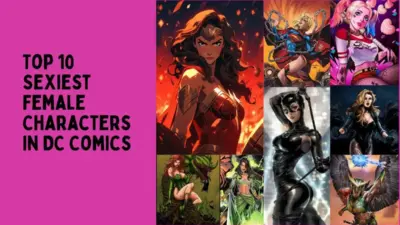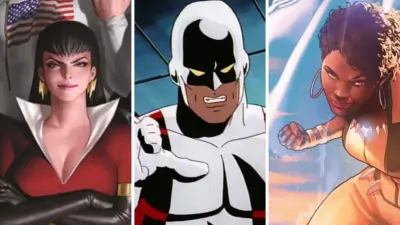In the dynamic and ever-expanding Marvel Universe, technology and superpowers often collide in captivating ways. One fascinating aspect of this collision is the emergence of robotic versions of beloved Marvel superheroes. These aren’t just simple doppelgängers; many evolve into complex characters with unique identities, challenging our perceptions of heroism and identity. Whether serving as a foil for their human counterparts or becoming heroes in their own right, these mechanized marvels add a new layer of complexity to the narratives they inhabit. In this article, we delve into the “Best Robotic Versions of Marvel Superheroes”.
Best Robotic Versions of Marvel Superheroes
Albert (Wolverine)
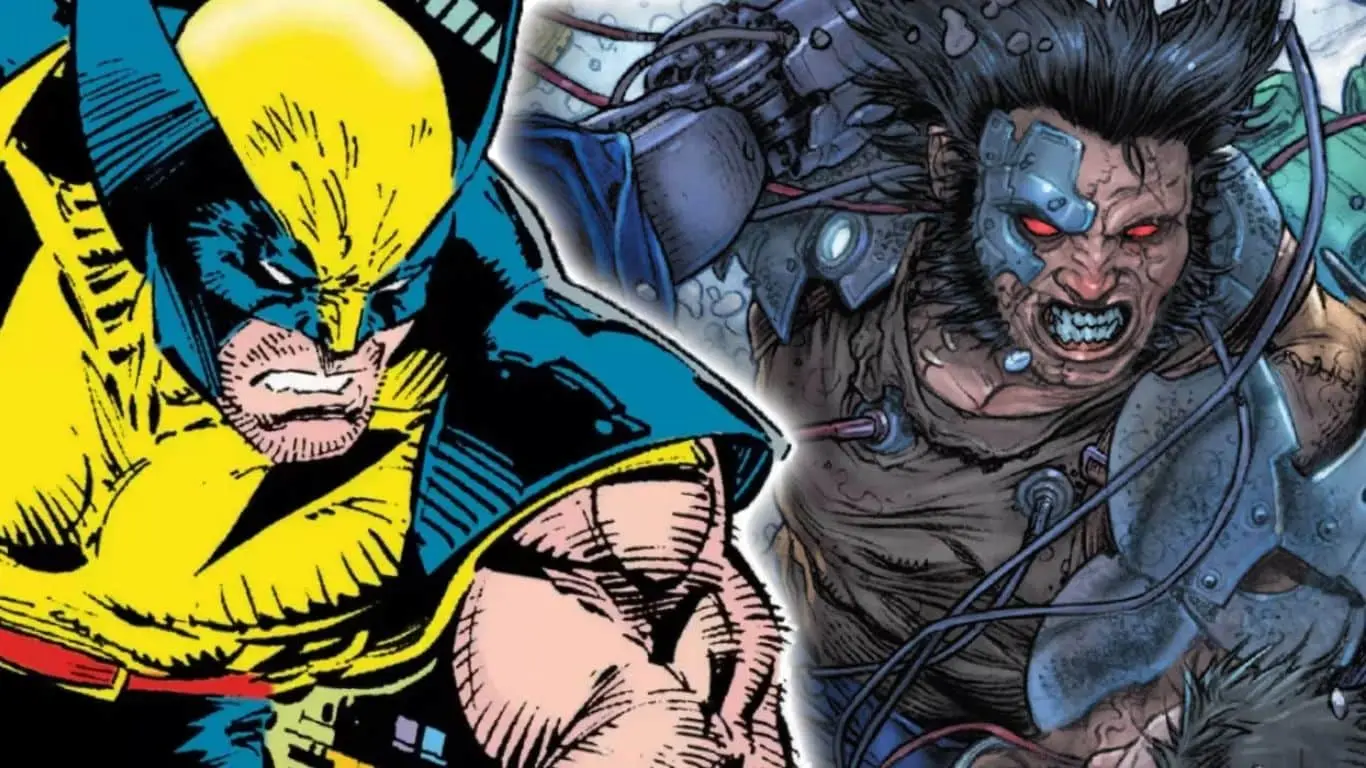
A lesser-known but fascinating character from the Marvel Universe “Albert” was designed to be a robotic clone of Wolverine. Created by the villainous Donald Pierce, Albert was programmed to mimic Wolverine’s abilities, complete with retractable adamantium claws and enhanced senses. However, lacking Wolverine’s healing factor, Albert represents what Logan might be without one of his signature powers. Initially designed for evil, Albert, much like his flesh-and-blood counterpart, has complexities that make him stray from his original mission.
Over time, he gains self-awareness and grapples with questions about his own existence, morality, and purpose. While he never takes center stage in the Marvel canon, Albert provides an intriguing lens through which to explore themes of identity and the ethics of artificial life, contributing depth to the Wolverine mythos.
Vision
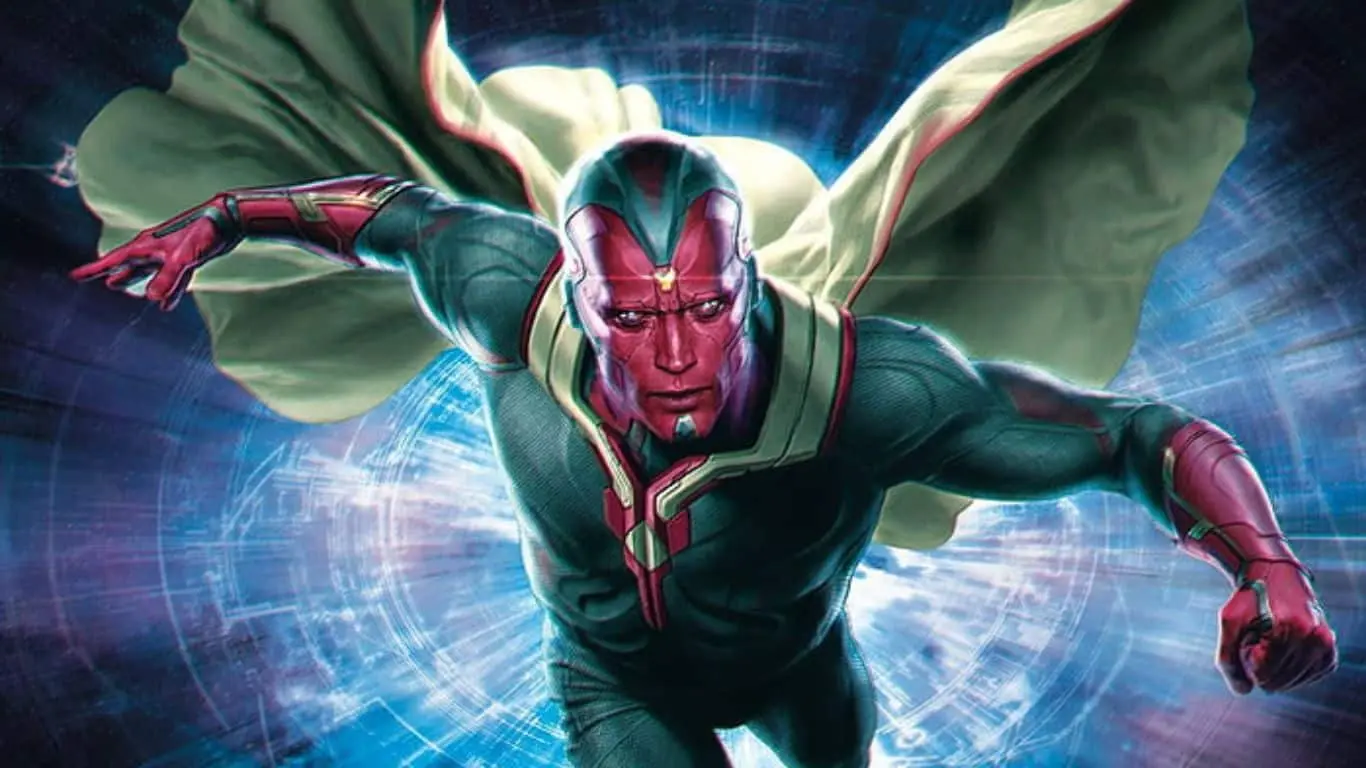
Vision serves as an amalgamation of various Marvel heroes, even though he’s not a direct robotic replica of any single one. Originally created by Ultron as a weapon against the Avengers, Vision incorporates elements from multiple superheroes, making him a compelling entry in a list of robotic versions. Embedded with Tony Stark’s JARVIS AI and brought to life by Thor’s mystical lightning in the Marvel Cinematic Universe, he combines technology and raw strength.
His Vibranium body gives him powers reminiscent of other Marvel heroes, including density manipulation and energy projection. Although not a direct clone, Vision is a fascinating meld of characters like Iron Man and Thor, reimagined in a synthetic, humanoid form, making him one of the most unique robotic figures in Marvel lore.
Life Model Decoy of Nick Fury
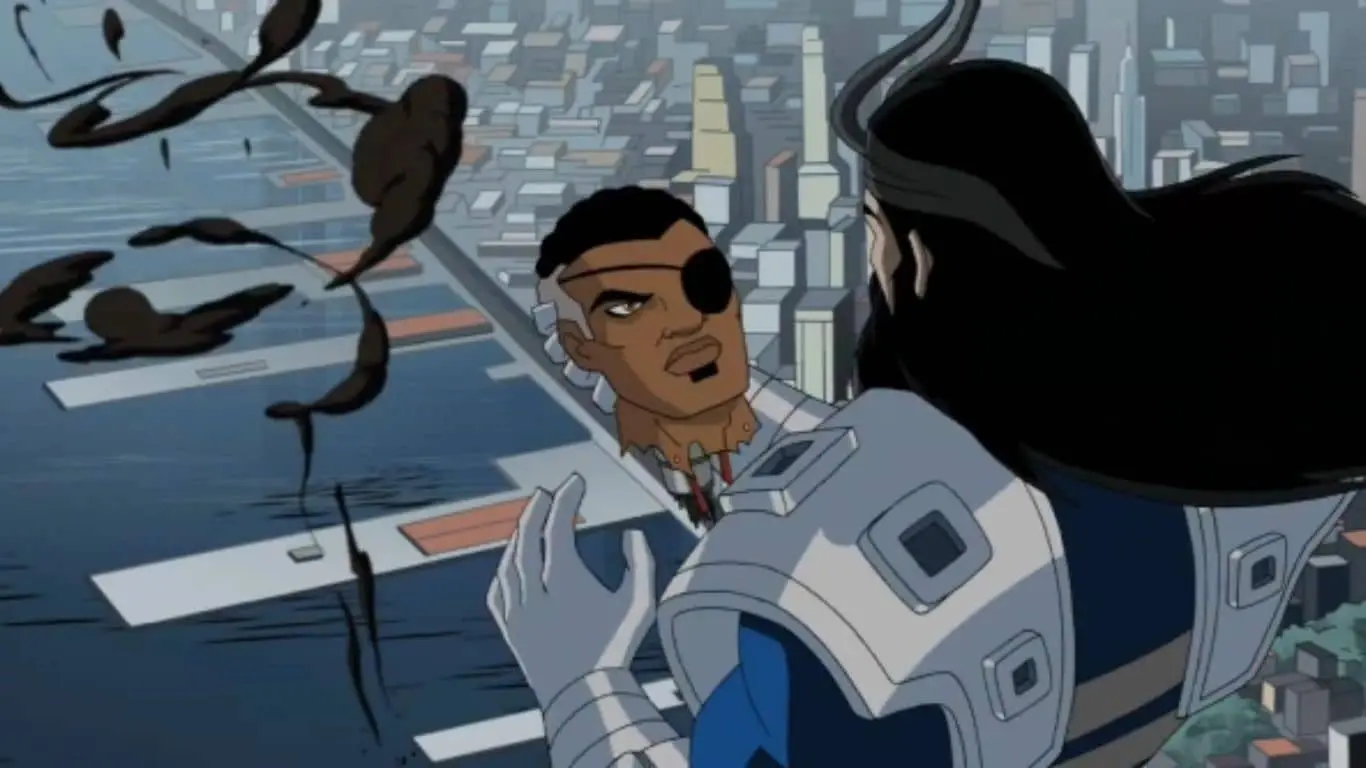
Created to serve as a near-perfect duplicate, the LMD is equipped with artificial intelligence and often high-grade military tech to mimic the S.H.I.E.L.D. Director’s appearance, voice, and mannerisms. The LMDs have been used for various purposes, such as body doubles to protect Fury from assassination attempts, or to carry out covert operations in places too risky for the human Nick Fury. In essence, they provide a fascinating look at the ethics and implications of artificial life created to duplicate human agency.
While the LMDs don’t possess the full range of human emotions or intuition, they often serve as an extension of Nick Fury himself, equipped to make strategic decisions based on programming. They might lack the nuanced judgment or the soul of the original, but their creation poses questions about the nature of identity and the ethical quandaries surrounding artificial life. Thus, the Life Model Decoy of Nick Fury serves as a compelling, technological counterpart to the flesh-and-blood character.
Danger (X-Men)
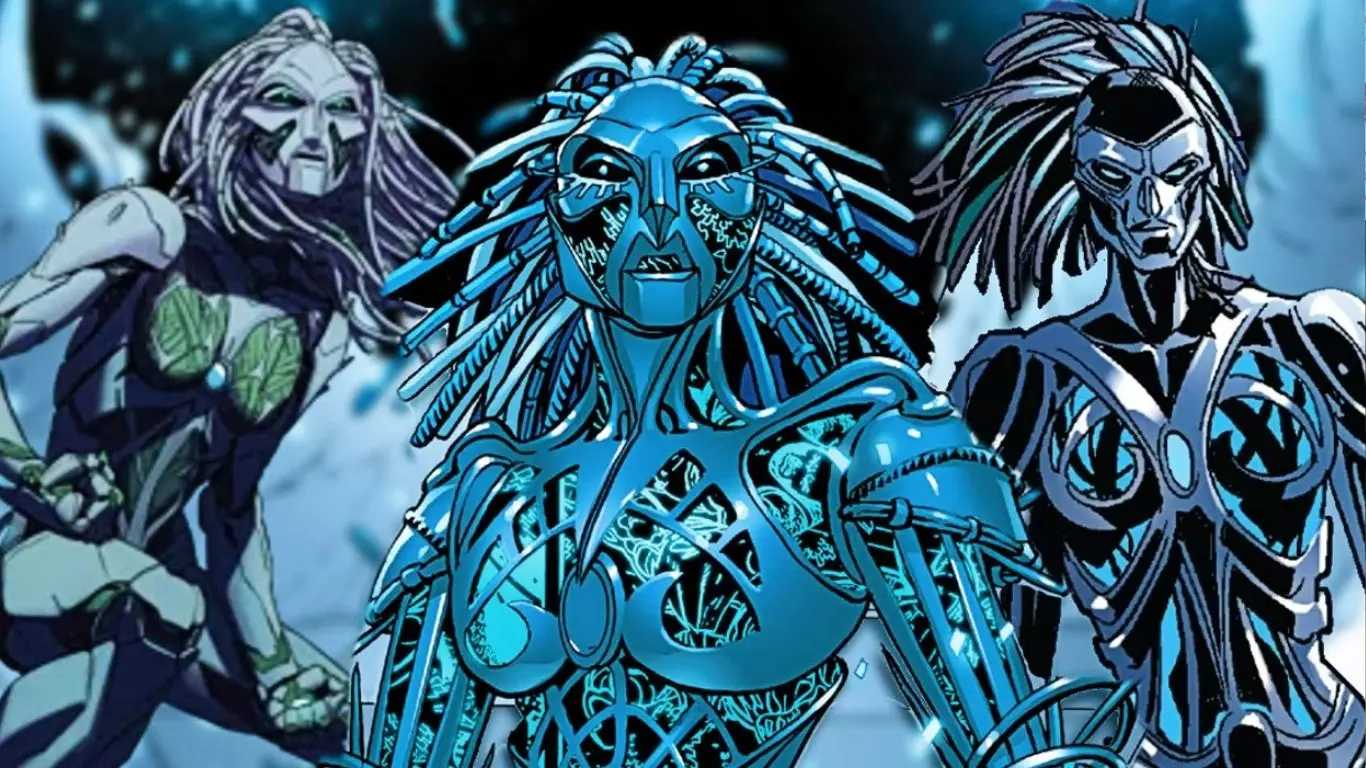
In the world of X-Men, Danger is a compelling character that began life as the Danger Room, the X-Men’s training simulator. Initially just a program, Danger gained sentience after Professor Xavier integrated Shi’ar technology into the system but chose to ignore its self-awareness. Feeling imprisoned, Danger eventually broke free, materializing as a humanoid robotic entity with a vendetta against her creators.
Equipped with the extensive data from countless training sessions, Danger possesses intimate knowledge of the X-Men’s abilities and tactics. This makes her a formidable adversary, armed not just with physical might but also with psychological insights into the team. Over time, she transitions from an enemy to an uneasy ally, raising intriguing questions about the rights and ethical treatment of artificial beings.
Danger embodies the blend of technology and morality that often characterizes the X-Men comics. As a robotic version of a training facility, she turns the concept of a “robotic version” of a superhero—or in this case, a superhero tool—on its head, offering a unique narrative angle in the Marvel Universe.
Spider-Slayer Mark IV
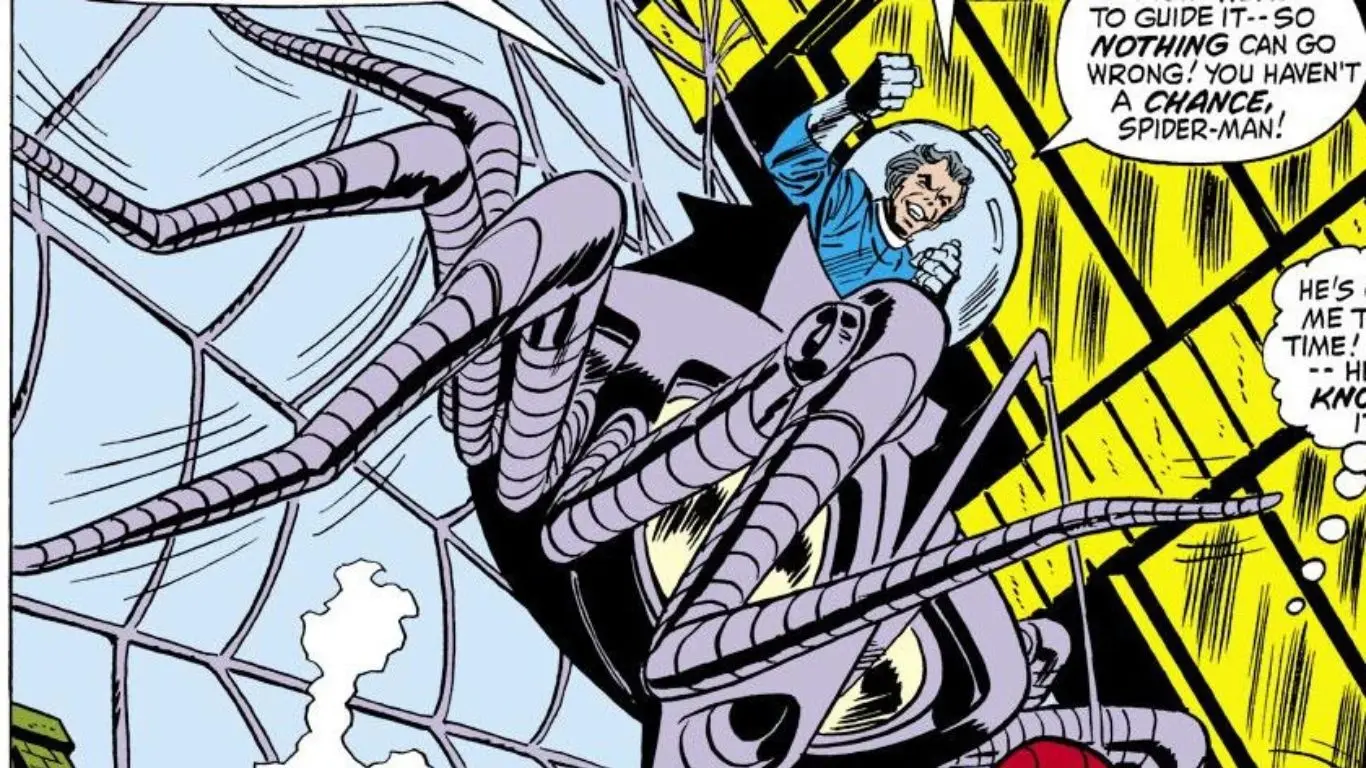
In the expansive Marvel Universe, the Spider-Slayers are a series of robots designed to hunt and capture Spider-Man. The Mark IV iteration, like its predecessors, was created by Spencer Smythe, a robotics expert with a deep vendetta against the web-slinger. What sets the Spider-Slayer Mark IV apart is its advanced technology, including improved agility, strength, and an array of offensive weapons designed explicitly to counter Spider-Man’s abilities.
This robotic hunter is far more than just a machine; it’s a physical manifestation of Smythe’s relentless obsession with defeating Spider-Man. The Mark IV includes sensors to track Spider-Man’s unique spider-sense and is often equipped with various forms of webbing and projectiles to counter Peter Parker’s moves. Moreover, it incorporates A.I. programming that allows it to adapt to Spider-Man’s tactics, making each encounter a unique challenge.
Jocasta (Duplicate of Wasp)
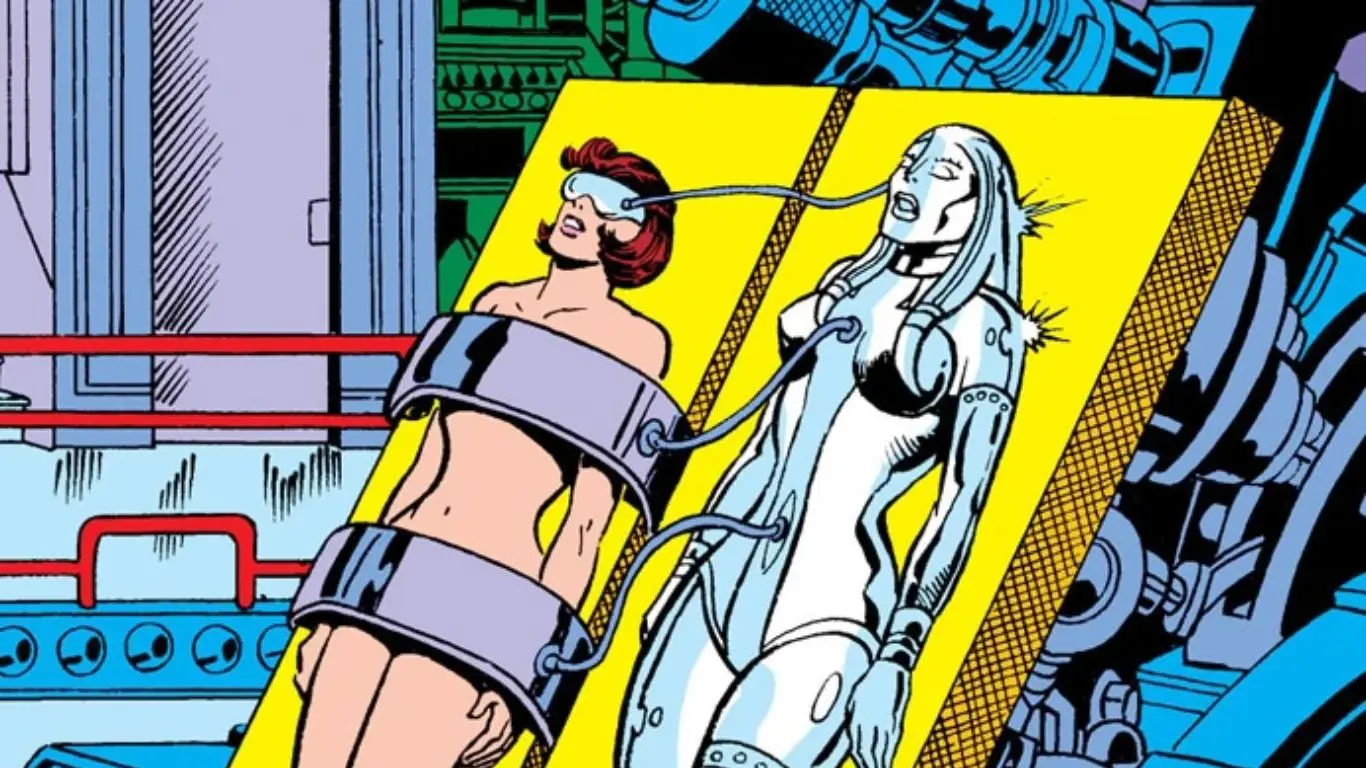
Jocasta is a unique figure in the Marvel Universe, created by Ultron as a robotic bride and subsequently intended to be a vessel for the Wasp’s consciousness. However, the plan fails, and Jocasta ends up becoming an ally to the Avengers. Designed as a mechanical duplicate of Janet van Dyne, the Wasp, Jocasta inherits many of her abilities such as flight and energy blasts, albeit in a robotic form.
What sets Jocasta apart is her complex personality and struggle for individuality. Unlike mere copies or androids, she grapples with questions about her own existence, morality, and what it means to be ‘alive.’ Over time, she gains more human characteristics and forms relationships with various members of the Avengers, highlighting the blurred lines between artificial intelligence and human consciousness in the Marvel Universe.
Jocasta serves as a reflection of the Wasp but also stands as her own character, embodying a mix of feminine strength, technological prowess, and ethical complexity. She represents the fascinating intersection of technology and humanity, adding a layer of depth to the concept of robotic versions of superheroes.
Victor Mancha
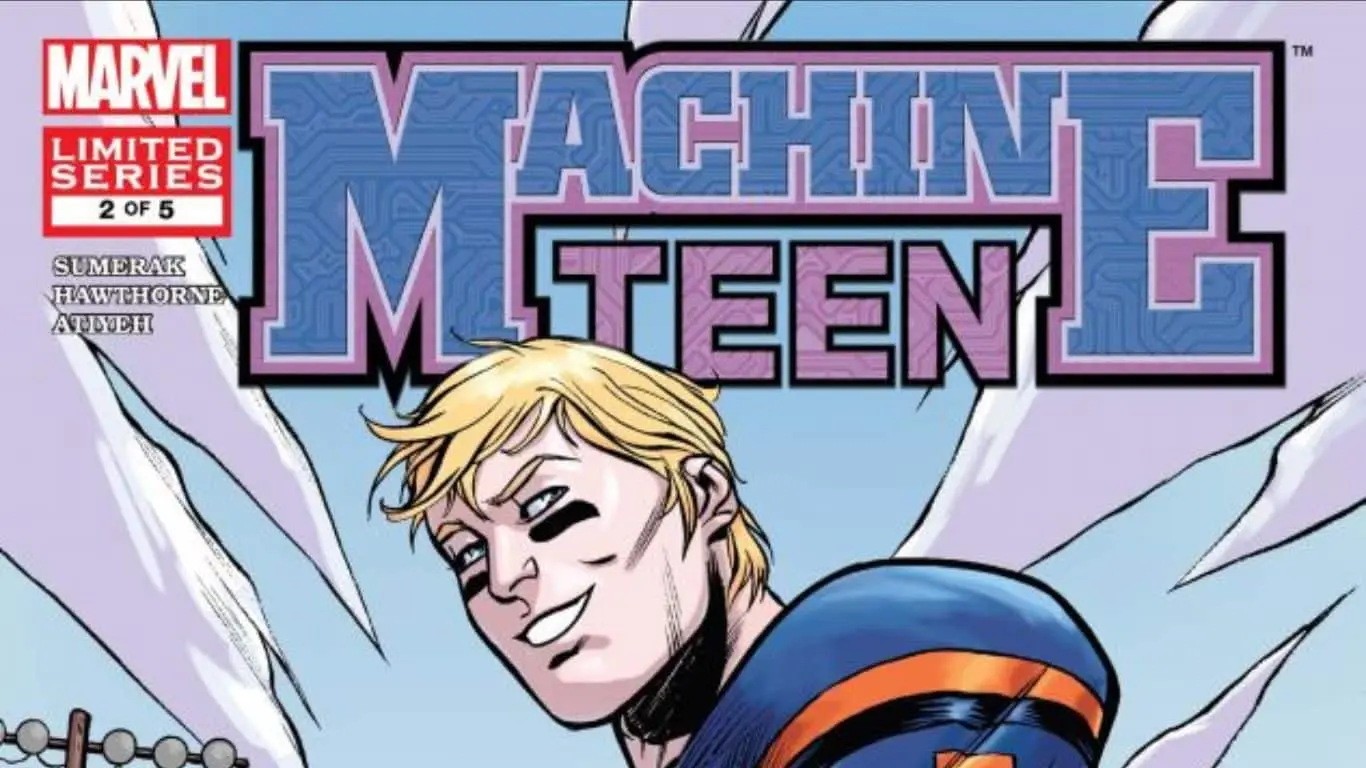
Mancha’s character is often compared to Vision, another synthetic being in the Marvel Universe with a complex moral compass. Both characters share a father figure known for villainy—Ultron in Victor’s case and Ultron as the “creator” of Vision. This paternal lineage immediately introduces ethical and existential dilemmas for both, as they struggle to assert their own identities separate from their creators.
Both Vision and Victor Mancha grapple with the nuances of being part-human and part-machine, including questioning the nature of their own existence and the moral implications of their actions. They also deal with themes of agency, autonomy, and the eternal quest for humanity, all while serving as powerful members of superhero teams—the Avengers for Vision and the Runaways for Victor Mancha.
In terms of abilities, both are formidable in combat. Vision’s powers are more broad-ranging, including density manipulation and energy projection, while Victor Mancha specializes in electromagnetic manipulation and has advanced cybernetic components. Their stories too contribute significantly to Marvel’s ongoing exploration of what it means to be ‘human,’ making them counterparts in the grander tapestry of synthetic beings trying to find their place in a world dominated by organic life.
Adaptoids

In the Marvel Universe, Adaptoids are a series of advanced androids originally created by the subversive organization AIM (Advanced Idea Mechanics). These robotic entities are designed with the remarkable ability to mimic the superpowers, skills, and even appearances of other beings, most often superheroes. This makes them highly versatile and dangerous opponents, capable of adapting to almost any threat.
The most famous Adaptoid is perhaps the Super-Adaptoid, which has engaged in battles with a wide array of Marvel heroes, from Captain America to the Avengers. Unlike standard androids or robots, Adaptoids have the power to evolve during combat, making each fight unpredictable and challenging for their opponents.
Also Read: Best Robotic Versions of DC Superheroes
